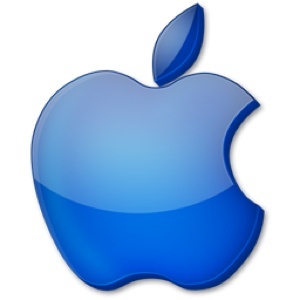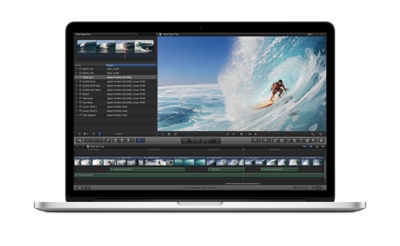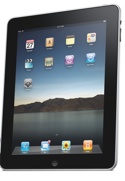Apple’s use of Force Touch technology in the Apple Watch and 3D Touch in the iPhone 6s line is leading to growth in force sensing and other touch-panel enhancements in mobile devices, according to IHS ().
Other brands and integrated-circuit (IC) makers are now responding by preparing their own force sensing solutions, mainly for high-end and mid-range smartphones due to the high cost. In 2016, force sensing module shipments are expected to grow 317 percent to reach 461 million units in 2016. Nearly one quarter (24 percent) of new smartphones shipped will include the technology, according to the IHS (www.ihs.com) research group.
“Aside from force sensing solutions, touch controller IC makers are aggressively expanding production of in-cell and on-cell touch displays to further improve touch interfaces for smartphone users,” said Calvin Hsieh, director of touch and user interface research for IHS Technology. “In-cell and on-cell touch panel shipments will reach 40 percent of all mobile phone touch-panel shipments in 2015, rising to 50 percent in 2018. Smartphone touch controller IC makers are focused on developing new features to spur growth in the maturing touch panel market.”
The ongoing evolution in the touch-panel industry is also changing the supply chain and affecting competition, he adds. Touch controller IC makers, primarily in Taiwan and China, accounted for more than 45 percent of the market for major information technology and consumer electronics products in the first half of 2015.




